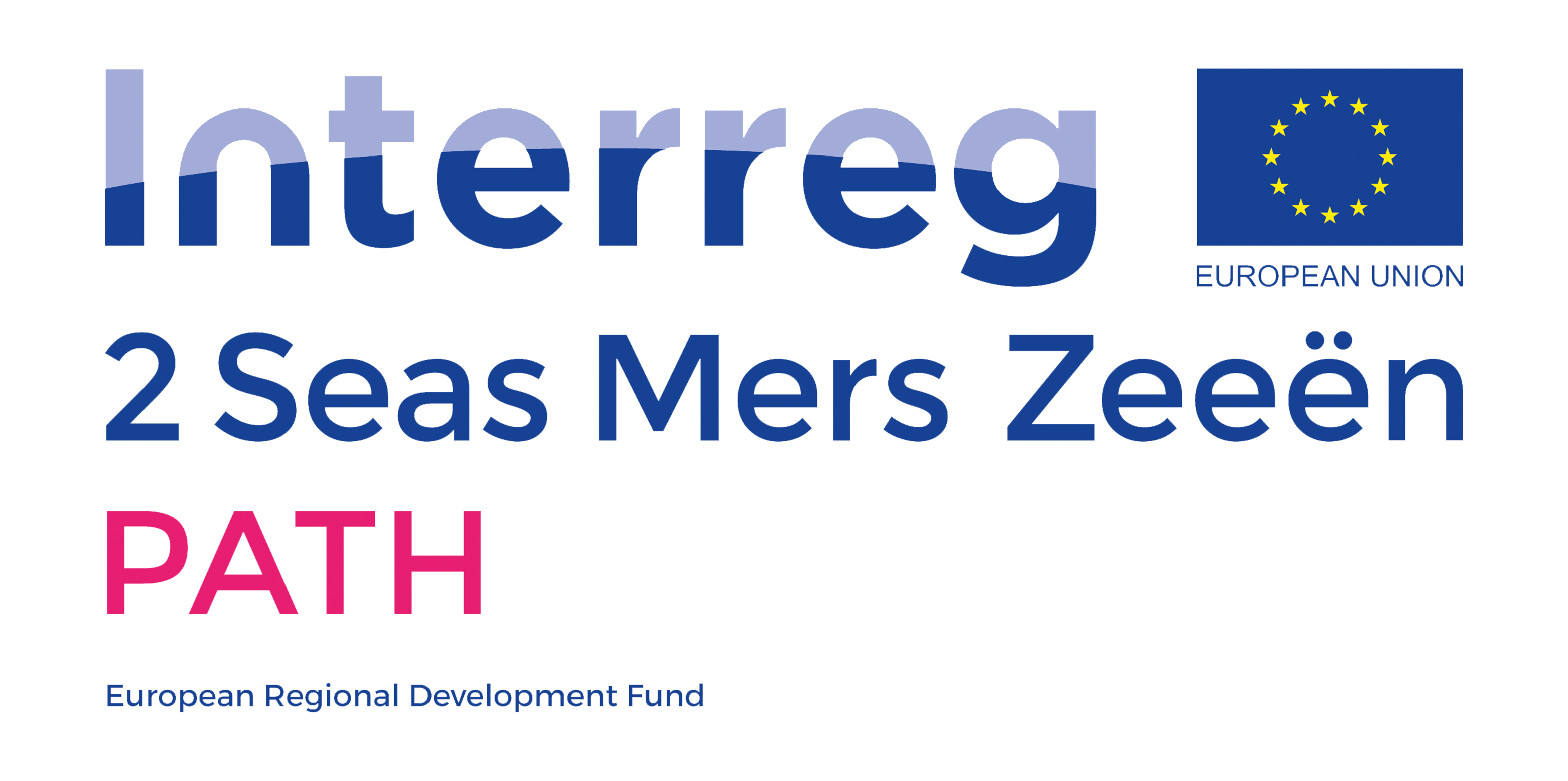
© 2021 Copyright: Bournemouth University
The concept of “substance use disorders” includes dependence syndrome and harmful use of psychoactive substances such as alcohol, cannabis, amphetamine-type stimulants (ATS), cocaine, opioids and benzodiazepines.
Pregnancy can be a motivator for women to stop or reduce her use of alcohol, tobacco or recreational drugs. Women can find it difficult to disclose use of substances as she can feel judged or worry that her parenting ability will be questioned. Therefore, empathic and non-judgemental enquiry is key during such assessments. Professionals also need to consider the broader factors occurring alongside alcohol and substance use in women in the perinatal period, such as misuse of alcohol or substances amongst other members of the household, domestic violence and whether there are any safeguarding concerns.
Professionals need to assess risk for women, unborn/baby and family especially if there is polysubstance use and high levels of social, psychological or physical health concerns. They need to offer information to women about the potential effects of alcohol, tobacco or substance misuse on the unborn baby and what to expect when the baby is born, for example what medical care the baby may need and potential involvement of Children’s Services. It is also important to explain to women the conditions where confidentiality might need to be breached to make a safeguarding referral.
It is essential that pregnant/postnatal women who misuse alcohol or substances are offered integrated care from different services including GP, maternity care team, health visitor and specialist substance misuse team.
Heavy drinking and binge drinking in pregnancy is associated with an increased risk of prematurity and low birth weight and a range of physical, behavioural, and learning problems, collectively known as foetal alcohol spectrum disorders. Neonates may also experience a withdrawal syndrome.
Cannabis use in pregnancy has been associated with adverse obstetric and neonatal outcomes in some studies, although uncertainty still exists in light of which complete abstinence is encouraged. Use of opioids (street heroin and other prescribed and non-prescribed opiates) by the mother may lead to withdrawal in the foetus and/or overdose in the mother.
Indirect risks include those from injecting (such as infected injection sites and bloodborne viruses); the effects of comorbid alcohol and substance use; poor diet and malnutrition; neglect of personal care; domestic violence; and poor engagement with obstetric services.
Smoking during pregnancy is associated with a range of adverse offspring outcomes, including reduced foetal growth, increased risk of miscarriage, prematurity, placental abruption, and stillbirth.
UK National Institute for Health and Care Excellence (NICE). Pregnancy and complex social factors: a model for service provision for pregnant women with complex social factors (clinical guideline CG110). 2010. https://www.nice.org.uk/Guidance/CG110
UK National Institute for Health and Care Excellence (NICE). Antenatal and postnatal mental health: clinical management and service guidance (clinical guideline CG192). 2018. https://www.nice.org.uk/guidance/CG192
World Health Organization. Guidelines for the identification and management of substance use and substance use disorders in pregnancy. 2014.
Whicher, E et al 2012 Pilot Project to Evaluate the Effectiveness and Acceptability of Single-session Brief Counseling for the Prevention of Substance Misuse in Pregnant Adolescents, Addictive Disorders and Their Treatment.
Wilson et al, BMJ 2020 Alcohol, smoking, and other substance use in the perinatal period.